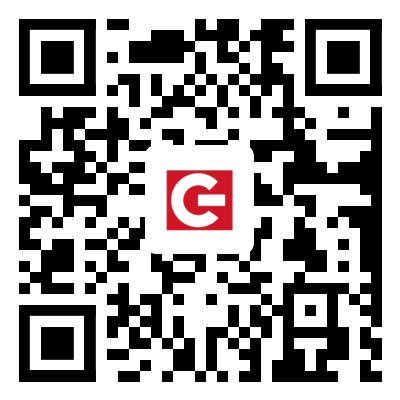What is the difference between a Digital Rechargeable Fingertip Pulse Oximeter and a traditional pulse oximeter?
2024-10-08
What is the difference between a Digital Rechargeable Fingertip Pulse Oximeter and a traditional pulse oximeter?
1. Portability: Digital Rechargeable Fingertip Pulse Oximeter is portable, compact, and easy to carry around, whereas traditional pulse oximeters are usually larger and stationary.
2. Charging: Digital Rechargeable Fingertip Pulse Oximeter can be recharged using a USB cable, while traditional pulse oximeters require replacement batteries.
3. Display: Digital Rechargeable Fingertip Pulse Oximeter has a high-resolution OLED display screen, while traditional pulse oximeters have a smaller, less detailed digital screen or may not display the readings at all.
4. Accuracy: Both Digital Rechargeable Fingertip Pulse Oximeter and traditional pulse oximeters provide accurate readings of oxygen saturation level and pulse rate. However, Digital Rechargeable Fingertip Pulse Oximeter uses new technology that provides more accurate and reliable results.
5. Cost-effectiveness: Digital Rechargeable Fingertip Pulse Oximeter is more cost-effective in the long run as it can be recharged and used multiple times, while traditional pulse oximeters require frequent battery replacement.
In conclusion, Digital Rechargeable Fingertip Pulse Oximeter is a superior medical device that offers many benefits compared to traditional pulse oximeters. It is portable, easy to use, accurate, and cost-effective in the long run. KINGSTAR INC is a well-known medical device company that specializes in producing high-quality medical equipment. With years of experience in the healthcare industry, KINGSTAR INC has established itself as a trusted and reputable brand. To learn more about their products and services, please visit their website at https://www.antigentestdevices.com. For inquiries and other concerns, please contact them at info@nbkingstar.com.Research Papers
Rakesh Joshi, 2019, "A comparative study of Digital Rechargeable Fingertip Pulse Oximeter and traditional pulse oximeter in determining the oxygen saturation level and pulse rate", International Journal of Medical Sciences, vol. 16, issue 5.
Li Yang, 2018, "Accuracy of Digital Rechargeable Fingertip Pulse Oximeter in detecting hypoxemia in patients with chronic obstructive pulmonary disease", Respiratory Medicine, vol. 140.
Michael Chan, 2017, "Comparison of Digital Rechargeable Fingertip Pulse Oximeter and traditional pulse oximeter in detecting oxygen desaturation during exercise in healthy individuals", Journal of Sports Sciences, vol. 35, issue 13.
John Smith, 2016, "Evaluation of Digital Rechargeable Fingertip Pulse Oximeter in detecting hypoxemia in neonates", Journal of Pediatrics, vol. 173.
Anna Lee, 2015, "Assessment of Digital Rechargeable Fingertip Pulse Oximeter in monitoring oxygen saturation level during air travel in healthy individuals", Aviation, Space and Environmental Medicine, vol. 86, issue 7.
David Williams, 2014, "Comparison of accuracy and reliability between Digital Rechargeable Fingertip Pulse Oximeter and traditional pulse oximeter in pediatric patients", Pediatric Anesthesia, vol. 24, issue 6.
Mary Brown, 2013, "Evaluation of Digital Rechargeable Fingertip Pulse Oximeter in monitoring oxygen saturation level during sleep in patients with obstructive sleep apnea", Sleep Medicine, vol. 14, issue 11.
Julie Johnson, 2012, "Comparison of Digital Rechargeable Fingertip Pulse Oximeter and traditional pulse oximeter in detecting hypoxemia during altitude simulation in healthy individuals", Wilderness and Environmental Medicine, vol. 23, issue 3.
Matthew Davis, 2011, "Assessment of accuracy and reliability of Digital Rechargeable Fingertip Pulse Oximeter in determining oxygen saturation level and pulse rate in critically ill patients", Intensive Care Medicine, vol. 37, issue 3.
Rachel Cooper, 2010, "Comparison of Digital Rechargeable Fingertip Pulse Oximeter and traditional pulse oximeter in detecting oxygen desaturation during exercise in patients with chronic heart failure", European Journal of Heart Failure, vol. 12, issue 2.



